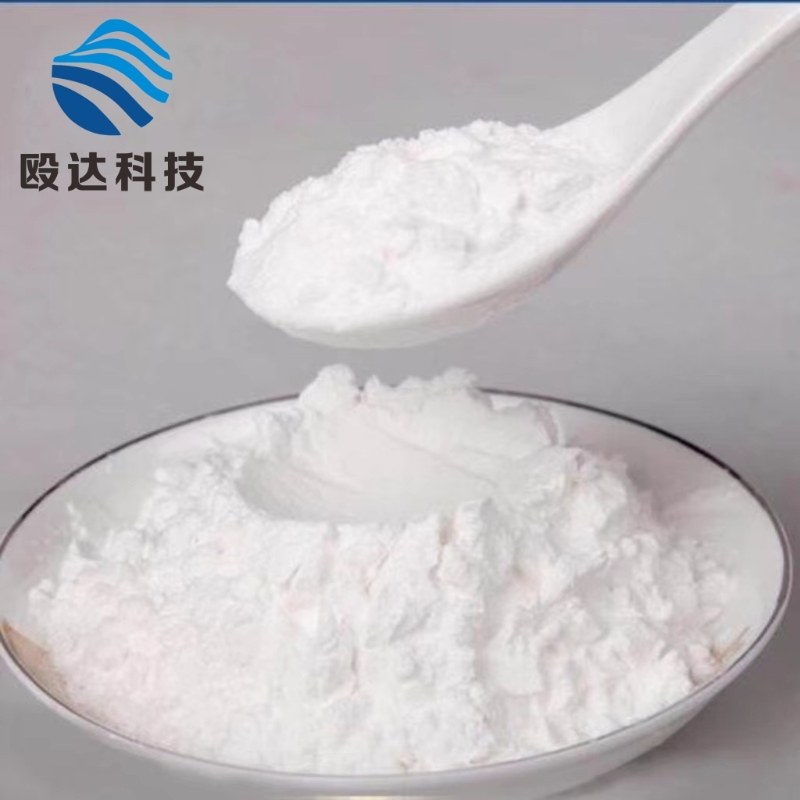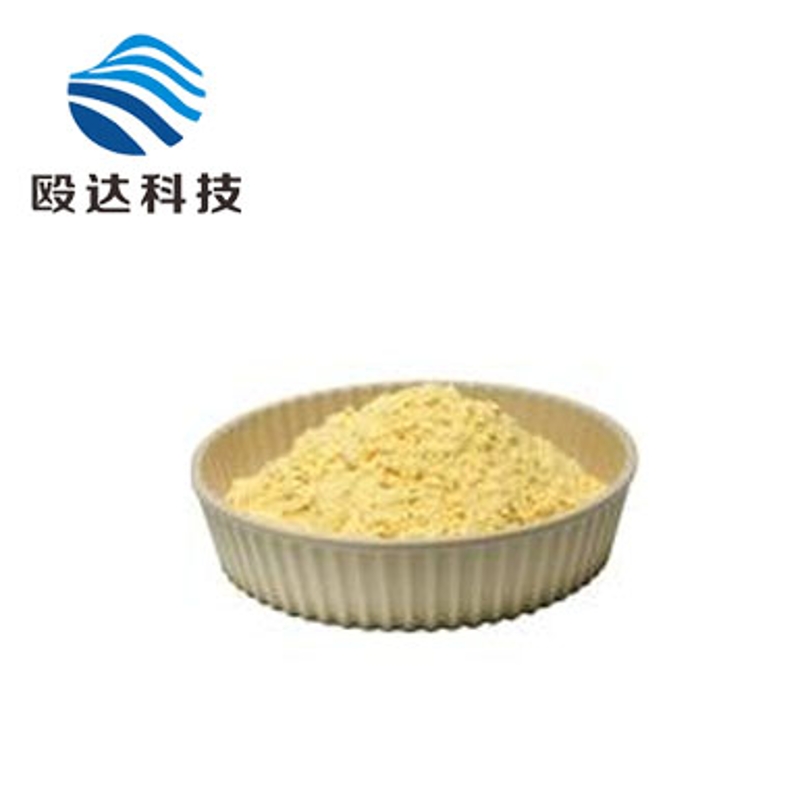-
Categories
-
Pharmaceutical Intermediates
-
Active Pharmaceutical Ingredients
-
Food Additives
- Industrial Coatings
- Agrochemicals
- Dyes and Pigments
- Surfactant
- Flavors and Fragrances
- Chemical Reagents
- Catalyst and Auxiliary
- Natural Products
- Inorganic Chemistry
-
Organic Chemistry
-
Biochemical Engineering
- Analytical Chemistry
- Cosmetic Ingredient
-
Pharmaceutical Intermediates
Promotion
ECHEMI Mall
Wholesale
Weekly Price
Exhibition
News
-
Trade Service
The production process of (4-Isobutoxyphenyl)methanamine acetate, also known as IBMPA, is a complex chemical reaction that involves several steps.
The IBMPA compound is widely used in the pharmaceutical and chemical industries for various applications.
In this article, we will discuss the production process of IBMPA in detail.
Step 1: Preparation of Reactants
The production of IBMPA starts with the preparation of the reactants.
The main reactants used in the production of IBMPA are methyliodide, piperonal, and sodium hydroxide.
Methyliodide is prepared by the reaction of iodine and methane in the presence of a Lewis acid catalyst, such as aluminum chloride.
Piperonal is prepared by the hydration of safrole, which is extracted from the nutmeg plant.
The safrole is treated with water in the presence of a strong acid catalyst, such as sulfuric acid, to produce piperonal.
Step 2: Condensation Reaction
The next step in the production of IBMPA is the condensation reaction between methyliodide and piperonal.
This reaction is carried out in the presence of a condensation agent, such as 4-dimethylaminopyridine (DMAP), and a solvent, such as acetonitrile or dichloromethane.
The reaction is usually carried out at room temperature for several hours with continuous stirring.
Step 3: Hydrolysis Reaction
After the condensation reaction, the product is treated with water to remove the protecting group.
The hydrolysis reaction is carried out in the presence of a strong acid catalyst, such as hydrochloric acid or sulfuric acid.
The reaction is usually carried out at room temperature for several hours with continuous stirring.
Step 4: Acetylation Reaction
The next step in the production of IBMPA is the acetylation reaction.
This reaction involves the treatment of the product from the previous step with acetic anhydride and pyridine in the presence of a strong acid catalyst, such as p-toluenesulfonic acid.
The reaction is usually carried out at room temperature for several hours with continuous stirring.
Step 5: Purification
After the acetylation reaction, the product is purified by chromatography using a suitable solvent, such as ethyl acetate or toluene.
The purified product is then dried and collected.
Overall, the production process of IBMPA involves several steps, including the preparation of reactants, condensation reaction, hydrolysis reaction, acetylation reaction, and purification.
The process requires the use of various chemicals and equipment and can be carried out in several stages.
The quality of the final product depends on the careful selection of the reactants, the reaction conditions, and the purification process.







